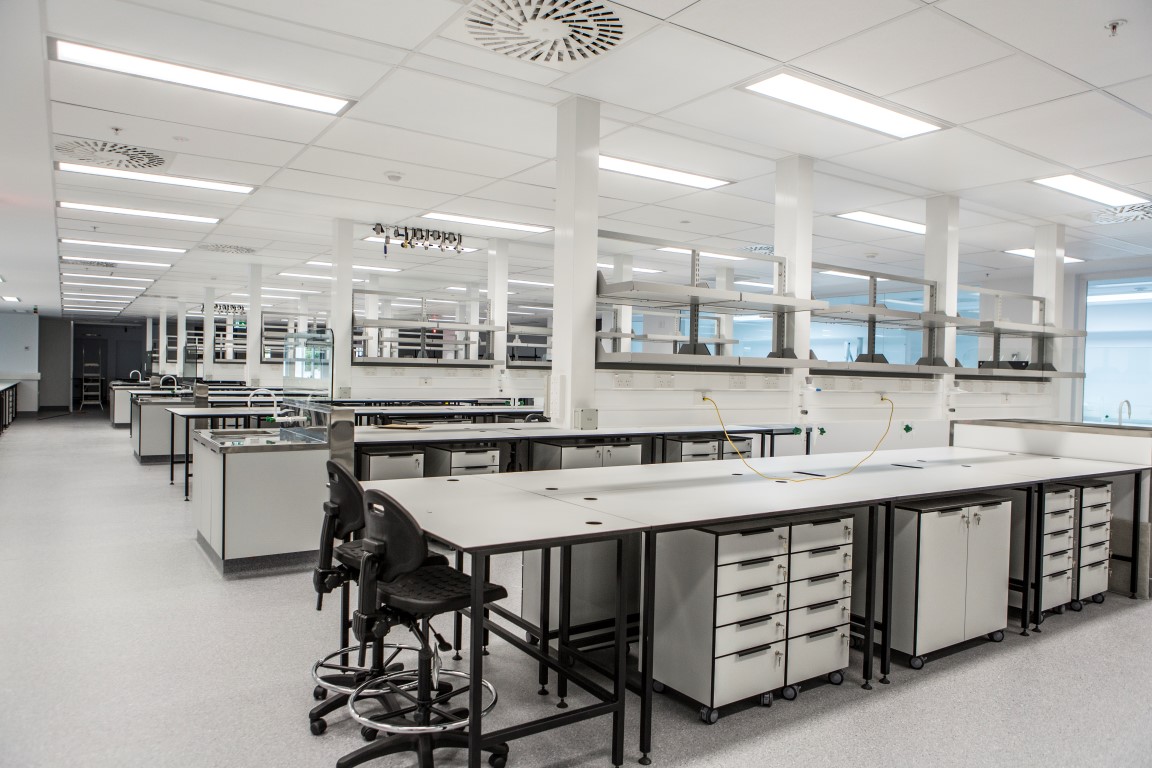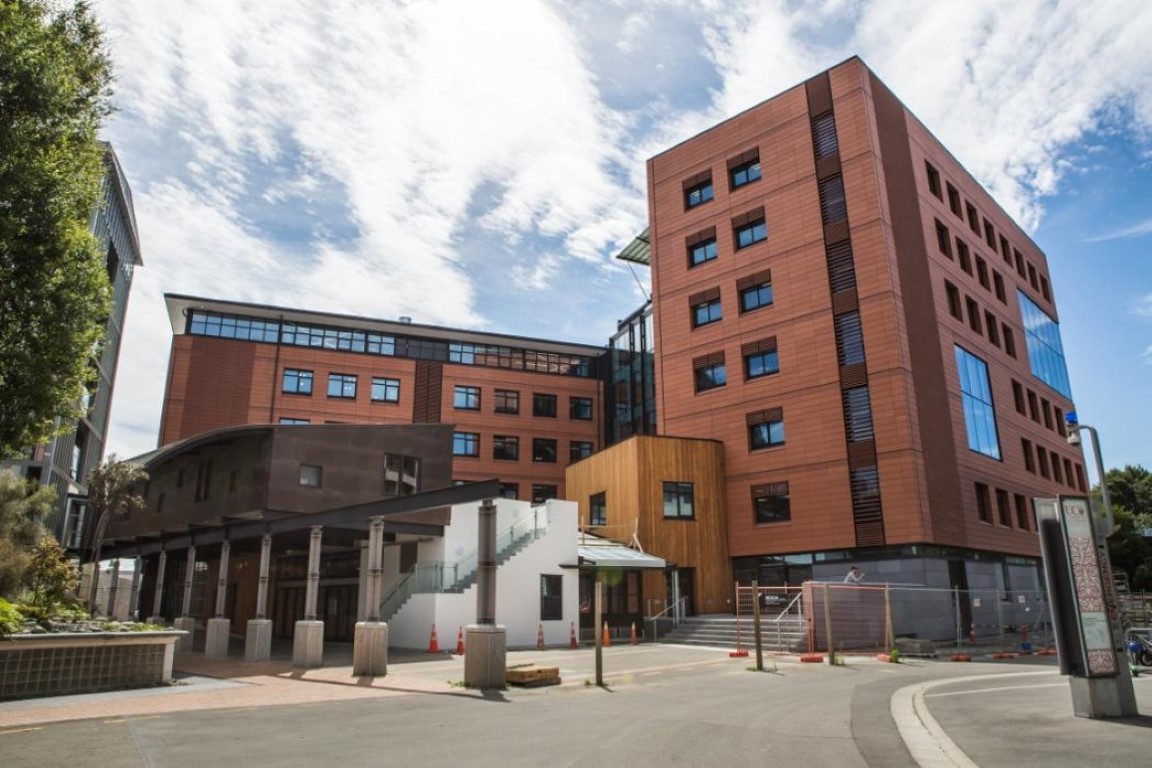
This might be the ultimate crystal ball question. Based on our experience, we would certainly advise not to do large-scale repairs without a very thorough understanding of the costs and issues involved.
There are probably two main arguments for repairing a damaged building rather than demolishing it and starting again. Here’s how they played out for us:
- It will be quicker
Our primary strategic goal was survival: keep the doors open, keep students and staff engaged, and keep moving forward. Refurbishment was often projected as the quickest route back to operation. However, emerging repair and regulatory complexities, contractor shortages and supply constraints delayed one repair project by more than two years.
- It will be cheaper
The difficulty here is twofold. You won’t really know the full nature of the damage you are dealing with until the project is underway, and, after a major disaster, the regulatory environment is likely to be in a state of flux. Certainly, for us, building regulations shifted during the recovery period, requiring revised and more costly repair solutions in several areas.

Our investment decisions were based on business cases that gave thorough consideration to the repair or rebuild question. The process included a pause and challenge point to review the pros and cons of repairing or rebuilding after the work was partly completed. However, changing from repair to rebuild mid-stream is a difficult case to argue. We were already some distance down a chosen path, with significant resource invested. It is hard to stop the juggernaut of a major capital works project once it is underway, and the more prudent decision appeared to be managing the remainder of the works closely to achieve the best possible outcome in the circumstances.
It is also important to consider the design and functionality compromises that might be associated with building repair. For us, additional internal structural elements were required to meet new building regulations in one project, and these reduced the usable square meterage of the end result. Also, new working behaviours and pedagogical shifts may be more difficult to introduce in retrofitted spaces than in a purpose-built environment.
It is easy for repair to appear a logical progression from emergency works, but it is vital to understand the longer-term implications of continuing down that path. On the surface, repair might seem a more palatable option for conservative decision makers. But our experience has shown that repair contains a significant element of risk. Repair projects can produce excellent results but getting there can be an uncomfortable experience. Would we do it that way again with the benefit of hindsight? Not necessarily.
